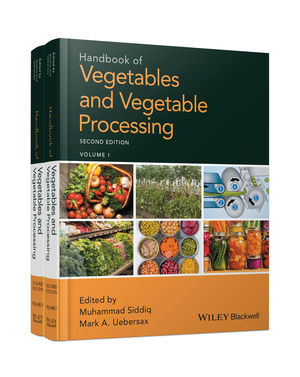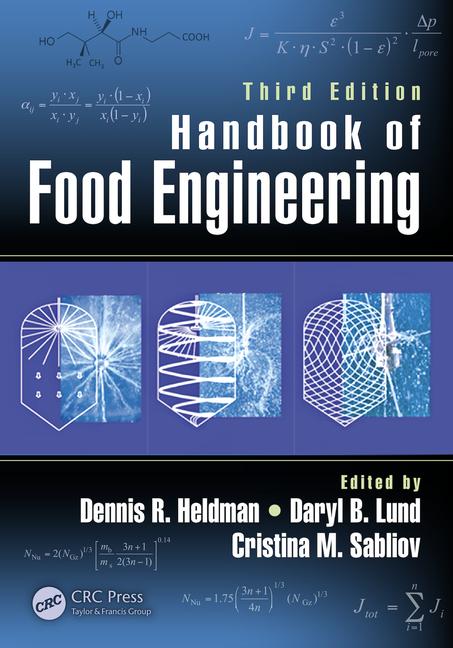Have we lost sight of HACCP?


The discussions included emphasizing certificates of analysis (COA) for all ingredients, since the sandwiches are assembled by the manufacturer, and the pros and cons of using total counts, coliforms, E. coli 0157:H7 and other pathogens as testing tools within food safety programs.
As I read the comments, I kept thinking that our industry is forgetting the work of the past. The history I am referring to is the adoption of Hazard Analysis, Critical Control Points (HACCP). The groups credited with developing HACCP (US Army Laboratories at Natick, the National Aeronautical and Space Administration [NASA] and Pillsbury) realized testing finished product was not the way to ensure safety. Too much product had to be tested to be confident it was safe.
More than 20 years later, the National Academy of Sciences facilitated meetings with microbiologists from industry, academia and government aimed at establishing microbiological standards to ensure food safety. An expert panel report, An Evaluation of the Role of Microbiological Criteria for Foods and Food Ingredients, was published by the Academy in 1985. This publication supported the work by Natick, NASA and Pillsbury. Among their recommendations:
Is the food industry forgetting these lessons? Total counts on products do not indicate whether a product is safe or unsafe. They may provide an indication the product was mishandled or abused, but only if you know the initial count for comparison. The tester must also understand the product system and the kind of organisms found in that system. One of the participants in the discussion rightly mentioned a total count of a product such as cheese is a waste of time because cheeses are fermented using lactic acid bacteria. Some companies are now adding live cultures (lactic) to formulations as a means for controlling pathogens such as Listeria monocytogenes.
A COA is a nice tool to use in a quality program, but it is not a guarantee of safety or quality; it is a snapshot of the total production. Samples pulled for testing and generation of a COA probably amount to 0.1% or less. That is not a significant sample and not enough to ensure product safety.
It all gets back to the process used to manufacture finished products and the ingredients that go into them. I would be much more comfortable buying from vendors with well-designed, implemented and maintained HACCP plans than receiving a COA from each lot. Good HACCP records ensure the system is operating as it was designed to, whereas a COA is the result of a miniscule part of production.
I am not implying microbiological analyses are unnecessary tools. They are extremely useful when it comes to establishing processes, troubleshooting and monitoring operational compliance. They are simply not a means for ensuring food safety.
Looking for a reprint of this article?
From high-res PDFs to custom plaques, order your copy today!






